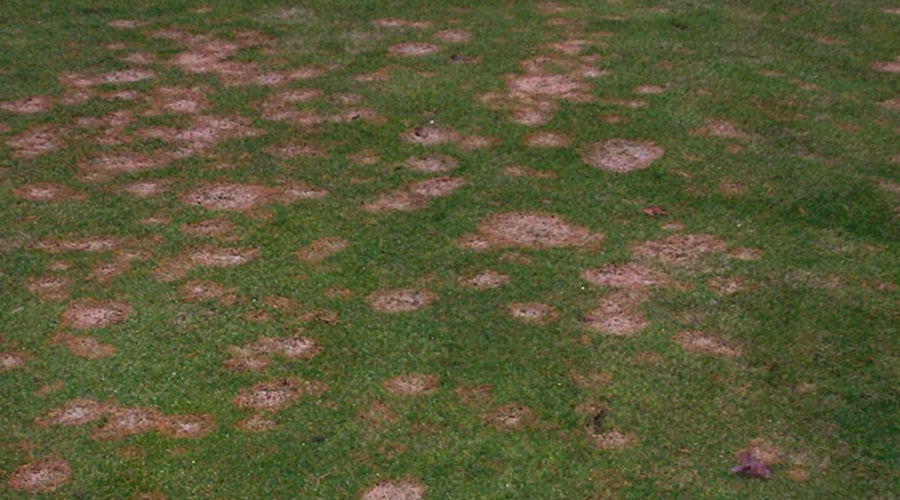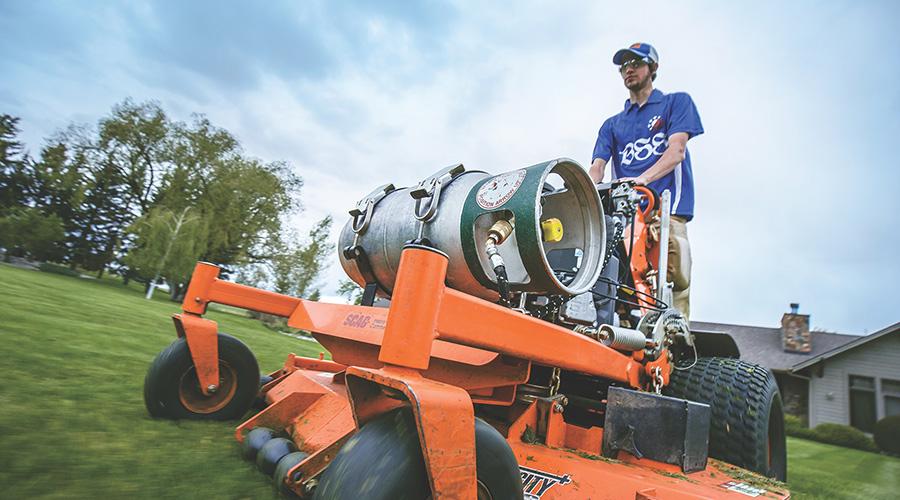Indigenous Plants Contribute to Sustainability
MS: How can landscaping with plants more natural to their environments save energy, costs and water?
DH: Indigenous plants and plants adapted or more natural to their environments are two different things.
Several factors are at work here. The soil often has been compacted. Also, in much of the Eastern United States, tens of thousands of small mill dams were built to harness water power. And virtually every tree in the Eastern United States was cut down. As a result, the exposed soil eroded off the uplands into the valleys, where the dammed streams were. This eroded soil became sediment trapped behind the dams.
When the dams were removed, the streams cut through the sediments, leaving most of the sediment behind. The result is almost no native soil exists in the Eastern United States. The original native plants presumably were adapted to the native soil, not to the soil of the eroded uplands or the accumulated sediments now in the lowlands.
Landscape plants should be adapted to soil of the development. Upland soils are shallow, and sediments have much less structure to support deep root growth. The most well-adapted plants usually are shrubs that can grow well in shallow soil and can recover from water deficits.
MS: What do you see as the future of the relationship between landscapers and property managers?
DH: The pursuit of sustainability has created shared concerns about issues such as energy conservation, smaller carbon footprints, and recycling. Achieving these goals requires cooperative, team-based solutions. Landscape designers and managers now are communicating more effectively to address this new set of challenges.
Dave Hanson is senior vice president with Valley Crest Landscape Management in San Jose, Calif. ValleyCrest Companies — www.valleycrest.com — is a landscape-services firm specializing in landscape architecture, master planning, design-build, construction, long-term maintenance, horticultural services, and tree growing and moving.
Related Topics:














